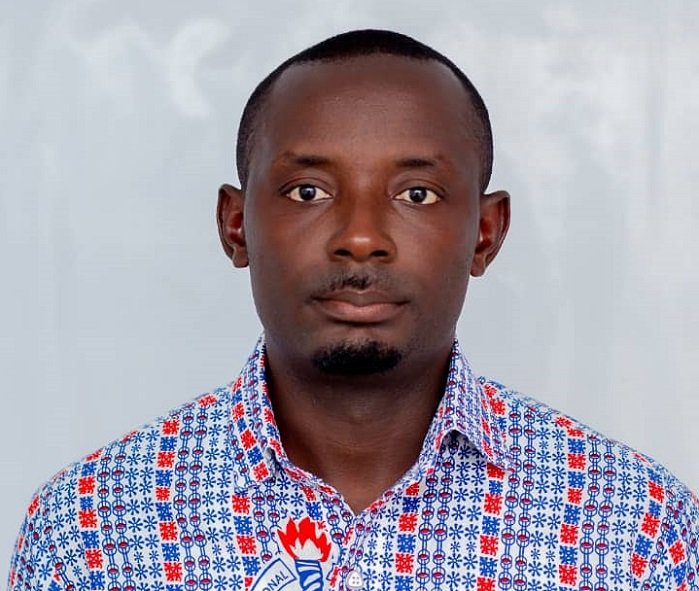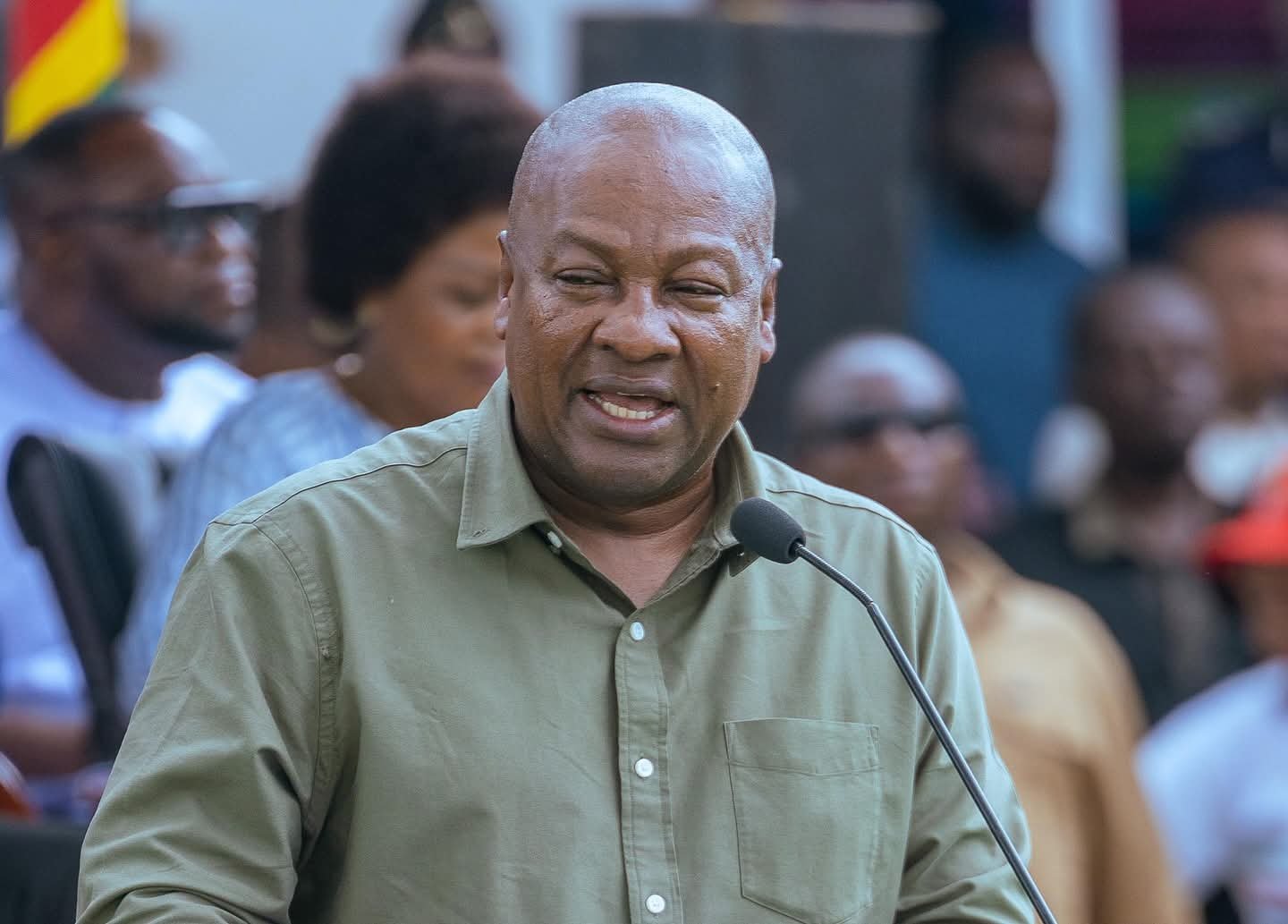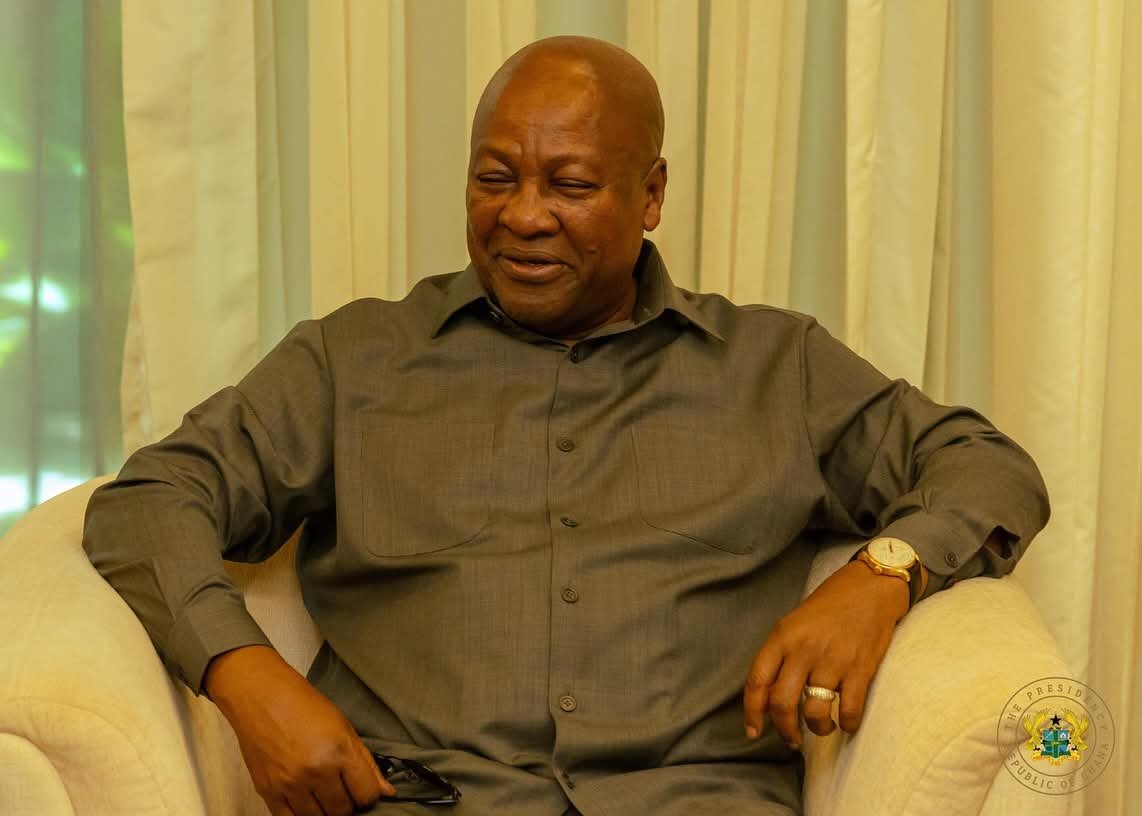News
Cancer cases among teachers on the rise …GNAT raises concern

Christian Adinkra, a Board Member of the Cancer Foundation
The increasing cases of cancer patients in the country, particularly among teachers, has become a major concern for the Ghana National Association of Teachers (GNAT).
Officials of GNAT are worried about the increasing number of its members suffering from cancer, as data at the GNAT Cancer Foundation (GCF) revealed that GNAT cancer patients at the Sweden Ghana Medical Centre is 2,666 out of which 2,388 are in active service and 278 are retirees.
A Board Member of GCF and Madina-Adenta-Abokobi District GNAT Chairman, Mr Christian Adinkra, who made this known during an education programme in Ho on the devastating effects of cancer, stressed the need for regular screening for early detection and treatment.
According to Mr Adinkra, cancer cases were on the increase among teachers and with depletion of funds, there is the need to prioritise preventive education, treatment, and management sustainability.
He said currently, members of GNAT contribute GH¢5 a month to the Cancer Fund, which he observed was not sufficient in view of the increasing cost of treatment and management of cancer.
Mr Adinkra announced that in the Volta Region, the cases of cancer have shot up among teachers in the Ho District, Akatsi-North and the Hohoe Municipality.
“This should be a matter of concern to all. Regular screening remains the only solution to address the challenge,” he added.
The Chairperson of the Ho District of GNAT, which comprises of the Ho Municipality, Adaklu District, Agortime-Ziope District and the Ho-West District,
Ms Lois Tipong-Asare explained that teachers willingly visit the district office in Ho, to inform the office that they have cancer for the necessary support, which he attributed to regular education on the disease.
Ms Tipong-Asare explained that the beneficiaries of GCF are teachers and their spouses, two children under the age of 18 years and teachers who went on retirement from 2022.
She said as a result of regular education on the disturbing effects of cancer, many teachers and non-teachers were willingly checking their status through regular screening.
Ms Tipong-Asare said screening for cancer was not only meant for women but men as well because some men also suffer from breast cancer, and added that men during screening for cancer could be diagnosed with prostate cancer for early treatment.
From Samuel Agbewode, Ho
News
Steps underway to repeal L.I 2462 – Prez assures

President John Dramani Mahama has assured Ghanaians that steps are underway to repeal Legislative Instrument 2462 as part of efforts to protect the country’s forests and water bodies.
During his media encounter at the Jubilee House, the president explained that the repeal will formalise the ban on mining in forest reserves and strengthen enforcement against illegal mining.
He stressed that his administration is committed to safeguarding the environment, reclaiming degraded reserves, and deploying more personnel to protect river bodies across the country.
By: Jacob Aggrey
News
9 forest reserves recovered from illegal mining – President Mahama

President John Dramani Mahama has announced the recovery of nine forest reserves from illegal mining under his government’s intensified environmental protection drive.
Addressing journalists at the Jubilee House, the president explained that hundreds of excavators, water pumps and other equipment have been seized as part of the operation, while degraded areas are being reclaimed and restored.
He reaffirmed his administration’s commitment to end mining in protected areas, deploy more personnel to safeguard river bodies and strengthen laws to secure Ghana’s natural resources for future generations.
This notwithstanding, President Mahama revealed that two of the retrieved forest reserves had gone back into the hands of illegal miners, however, adequate measures have been put in place to reclaim them.
By: Jacob Aggrey






